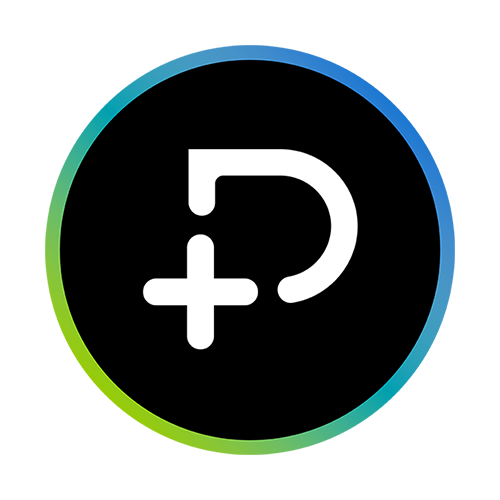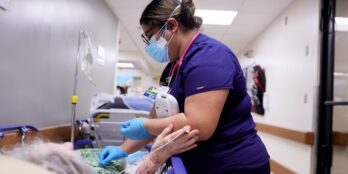
Using Data to Make Informed Decisions: The Future of Senior Care
 2 min
2 min
Senior living communities all over the country are using data to make a positive difference in the lives of their residents, their staff, and their bottom lines.
When it comes to collecting the right data to have an impact, these are the moments that are the most beneficial:
1. The ‘Discovery’ Phase
Senior living communities should ideally collect data on every prospective resident who visits the community, calls them, or fills out a form on their website. Another great way to capture this information is by having a member of the community’s sales team conduct a personalized interview or follow-up call with every prospective resident, to really get the full picture.
This process is called discovery, and it’s increasingly taking place as soon as prospective residents walk through the door at many senior living communities, says Douglas Schiffer, President and COO at St. Louis, MO-based Allegro Senior Living.
“You discover what the person wants, and spend time with them to learn what they’re interested in before they decide to take a tour of the property,” Schiffer explains. Once a prospective resident’s wants and needs are clearly established, the sales team at that community should immediately document them in an electronic record system for future reference.
This documentation not only helps a community create personalized tours for specific individuals — and, consequently, better impress prospective residents — but it also helps the community predict any adjustments it may have to make to meet the care needs and preferences of incoming residents once they’ve made the decision to move in.
2. Documenting Day-to-Day Habits and Preferences
Communities should collect data on residents’ personal habits and preferences as long as they live in their buildings. It helps them know the programs residents are attending and the meals they prefer, which helps inform the community’s activity and dining calendars each month.
These insights also impact the community’s bottom line because they’re better equipped to identify and address any operational or staffing inefficiencies.
3. Monitoring Health Conditions and Care Needs
This might be the most important data set communities have.
Health data can be used to determine if anything unusual is occurring, and any changes in health condition can help with early intervention before a condition worsens. This data can inform if more care than they’re currently receiving is needed, or if they’re especially at risk of a negative health event, such as a urinary tract infection (UTI) or stroke.
Beyond keeping residents happier and healthier, data collection of this nature helps increase residents’ length of stay — cushioning communities’ bottom lines and stabilizing occupancy.
December 20, 2017






